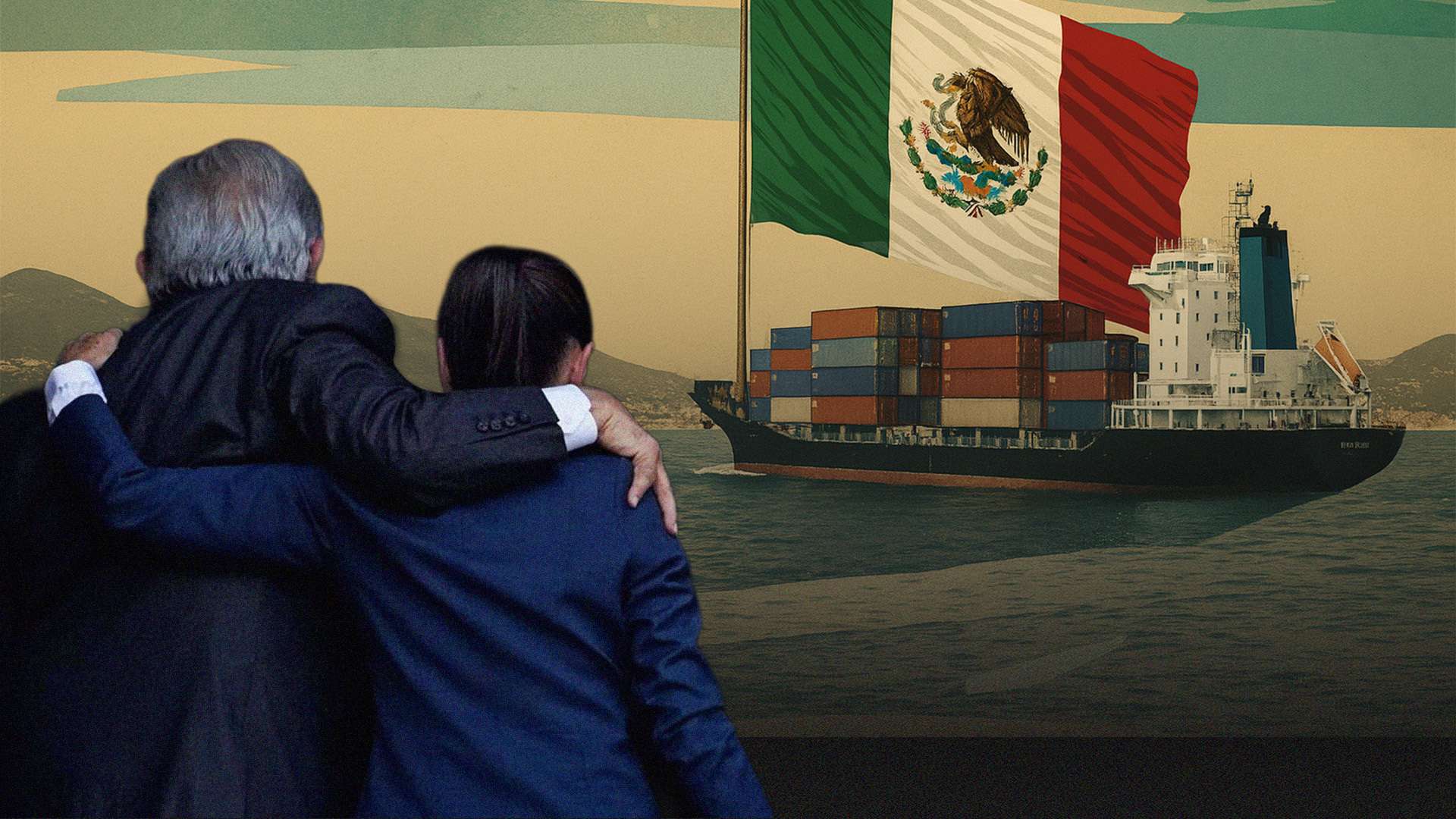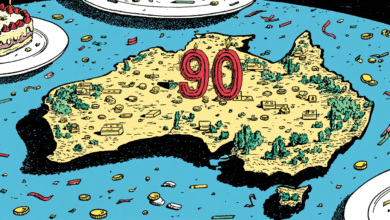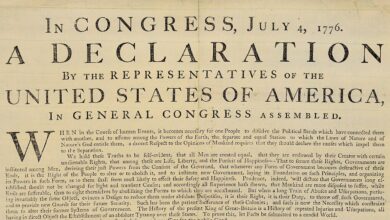How the Mexican Left Embraced Free Trade

Earlier this year, left-wing Mexican President Claudia Sheinbaum hosted a rally in downtown Mexico City to celebrate Donald Trump’s one-month delay in imposing 25% tariffs on her country. To Latin American observers, this was baffling and not just because the victory was meager, but because since when does the left embrace free trade? Yet Sheinbaum’s stance ever since, alongside prior remarks by her predecessor Andrés Manuel López Obrador (AMLO), show that there is a way of committing the Latin American left to free trade: by embracing it in the first place.
During the 20th century, Mexico began liberalizing its international trade through the North American Free Trade Agreement (NAFTA), an agreement with the US and Canada originally proposed by Ronald Reagan. But crucially, Mexico joined NAFTA and reaped the benefits under non-left administrations. The country signed the agreement during the Partido Revolucionario Institucional (PRI) years, a catch-all party that dominated the country’s politics in its pre-democratic era. After the country finally transitioned to democracy in 2000, both PRI and the center-right Partido de Acción Nacional (PAN) arose as Mexico’s largest parties.
It would not be until 2018 that the Mexican left finally gained power through the Movimiento de Regeneración Nacional (Morena). By then, there was very little room to actively campaign against free trade. Given the behavior of the left across Latin America, this might have been expected, particularly since all major leftist parties had opposed the US-proposed establishment of a free trade zone across the Americas in 2005. But that didn’t happen. Less poverty, rising income levels, new jobs, and more exports: the benefits of freer trade were so obvious in Mexico that they were impossible to deny.
NAFTA and its successor, the USMCA (United States–Mexico–Canada Agreement), have had positive effects on the Mexican economy. These agreements resulted in higher foreign investment, particularly from the US and Canada, along with significantly higher exports. Imports also rose, driving down prices. With many new options for consumption, daily life changed. Former Mexican Chancellor Jorge Castañeda even argued: “If Mexico has become a middle-class society… it is largely due to this transformation.”
Importantly, many businesspeople and workers now directly interact with American and Canadian associates and are aware of the benefits of free trade. For the general public, the broader negative effects of the Trump trade wars take time to be noticed—but for these individuals, the cost of tariffs is immediately felt. Among major Latin American countries, Mexico is the most open to international trade, according to the Fraser Institute’s Economic Freedom of the World Report. Its score for Freedom to Trade Internationally rose from 6.93 in 1970 to 8.10 in 2022 on a scale of 10.
Furthermore, by integrating the Mexican economy into the US, these agreements have shielded Mexico from foreign authoritarian influences such as China’s, which have caused concern across the region. Indeed, it’s not just that Mexico exports most of its goods to the US, but also that Mexico buys from the US more than it does from any other country. Although the relationship between China and Mexico has gained strength in the last few years, if it weren’t for Mexico, China would have already become Latin America’s largest trade partner.
Under Trump’s presidency, though, the US does not seem to consider USMCA as strategic. The administration has continued imposing tariffs after the initial global reactions in March. In turn, Mexico has continued to work on getting exemptions, and has so far succeeded.
The importance of trade with the US and Canada has prompted Morena Presidents López Obrador and Sheinbaum repeatedly to defend the USMCA. In an interview on El Cato Podcast, Atlas Network’s Senior Fellow for Latin America Roberto Salinas León called these developments “surreal,” but explained that free trade is now ingrained in the minds of Mexicans much like dollarization is in Ecuador. Life in Mexico would be unthinkable without it.
Perhaps unknowingly, AMLO and Sheinbaum follow late 19th-century and early 20th-century socialists who also supported free trade because of how it benefited workers through increased competition and lower prices. Economist Carlos Rodríguez Braun has extensively studied the case of Juan B. Justo, a foundational figure in Latin American socialism who opposed tariffs in the name of workers.
Of course, none of this implies that free trade is all that it takes for Mexico to overcome poverty. (Nor does this mean that NAFTA and USMCA have had solely positive effects in Mexico’s economy, as there certainly have been losers.) In fact, free trade agreements have not been able to overcome other weaknesses in the Mexican economy which remains stagnant in comparison to those of other countries. Low productivity, poor infrastructure, high corruption, and a weak rule of law are among the many structural challenges that Mexico suffers. Indeed, some of these problems are fueling Trump’s trade war, particularly the fact that organized crime in Mexico seems unstoppable. Mexico’s GDP only grew by 0.2% in the first quarter of 2025.
More recently, left-wing policies have caused concern among investors, likely contributing to the slowdown in capital inflows. AMLO’s nationalizations in the energy sector were a significant blow to the rule of law, signaling that property rights now depend on the governing party. More recently, the AMLO-proposed judiciary reform has come into full force during the Sheinbaum administration with the recent unprecedented judiciary elections. Only 13% of Mexicans went to the polls, yet most judges will now be partisan by nature (and Morena-friendly at the beginning), in a move that further undermines the rule of law.
Free trade is certainly not a panacea, but it is required for countries to prosper. As Milton Friedman said, “the best thing in the world would be for all countries to engage in free trade.” How can we advance free trade in Latin America, then? The very curious case of Mexico may offer other countries a lesson: if they engage in free trade long enough, even the left may come to its defense when it is in danger.
The post How the Mexican Left Embraced Free Trade was first published by the Foundation for Economic Education, and is republished here with permission. Please support their efforts.



